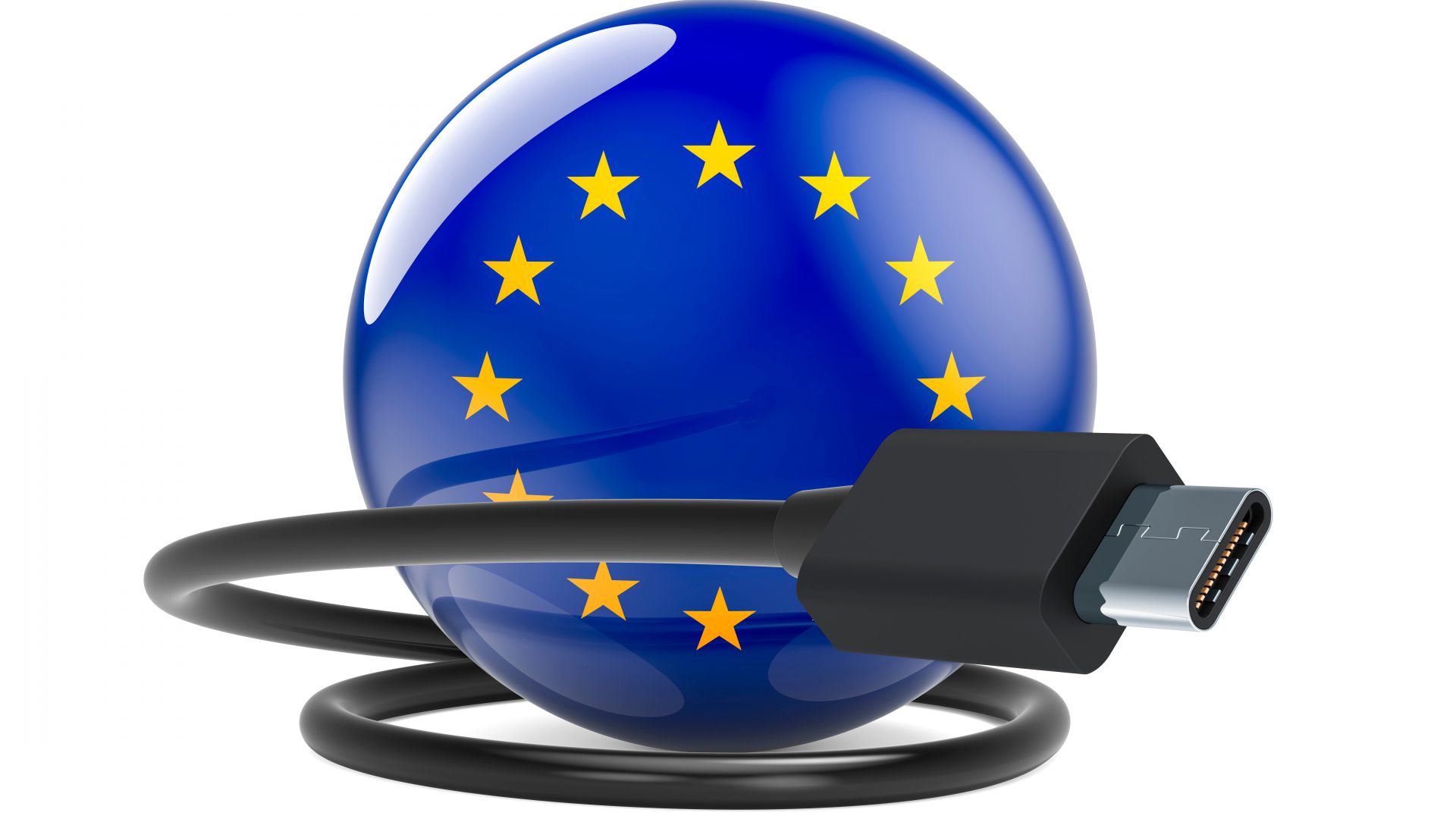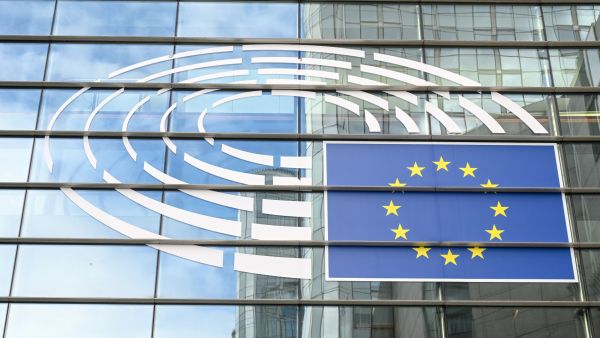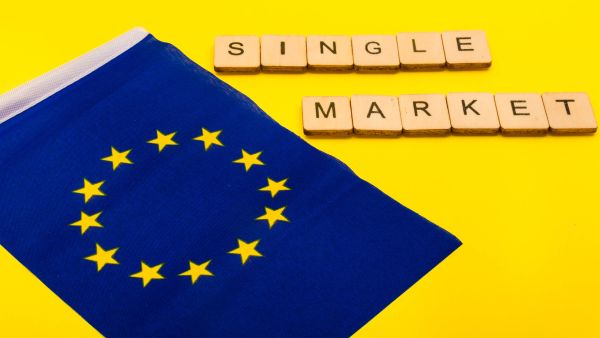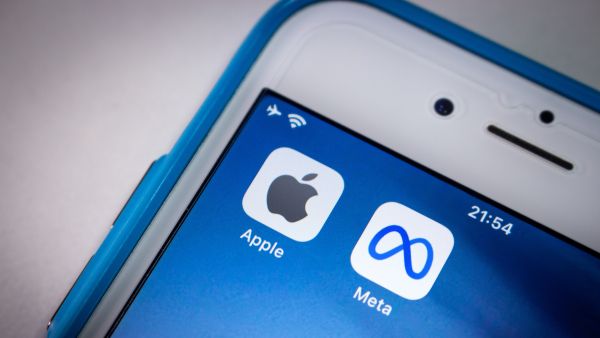Consumers will no longer be obliged to buy a new charger together with their purchase of an electronic device if their old charger is compatible. Instead, buyers will be able to choose whether to purchase a new device with or without a charging device. This has been made possible thanks to the efforts of S&D vice-president Alex Agius Saliba who is the European Parliament’s negotiator on the matter with the European Commission and the Member States in the Council of the EU. The new rules will mean that consumers will now be able to use a single charger for all their portable electronics, which is an important step to increase convenience and reduce waste.
MEP Alex Agius Saliba, S&D Group vice-president and EP negotiator on the matter of a common charger, said:
“By autumn 2024, the USB Type-C will become the common charging port for all mobile phones, tablets and cameras. As for laptops, the date is set for the end of 2025. This is one of the greatest achievements of our group, having a direct impact on all citizens wherever they live in the EU. This is good for your pocket, but also undoubtedly good for the environment. The agreement reached today is amending the existing Radio Equipment Directive. My work on it as the European Parliament’s chief negotiator and the outcome of the negotiations today reflect the deepest convictions of the entire S&D Group - products should be sustainable, to reduce electronic waste and make consumers’ rights easier.
“The European Commission’s proposal was a solid base to start building on. Moreover, the S&Ds made it possible to extend the scope of devices covered by the new rules for a common charger. The result of the deal we reached today will now include mobile phones and similar devices such as tablets; digital cameras; headphones and headsets; handheld videogame consoles and portable speakers that are recharged via a wired cable to be equipped with a USB Type-C port, regardless of the device brand, so that the same charger can be used for all those different devices. We added to the list laptops, e-readers, earbuds, keyboards, computer mice, and portable navigation devices.
Note to editor
A few essential details of the deal on a single charger:
By autumn 2024, USB Type-C will become the common charging port for the list of devices covered in the scope. This will allow consumers to charge their devices with the same USB-C charger, regardless of the device or the brand.
The new rules will apply to all laptops, e-readers, earbuds, keyboards, computer mice, portable navigation devices, smartphones, tablets, digital cameras, headphones and headsets, handheld videogame consoles, and portable speakers.
Charging speed will be harmonised for devices that support fast charging. This will prevent unfair practices from producers unjustifiably limiting the charging speed and help ensuring that the charging speed is the same when using any compatible charger for a device.
Taking into account the speed of hi-tech evolution, the Commission will regularly assess new developments, and based on it, will add new devices to the scope. After the first 3 years and every five years thereafter, the Commission will evaluate the market and report back to European Parliament in order to include more devices in the scope.
The provisions on unbundling the sale of a charger from the sale of the electronic device will allow buyers to choose to purchase a new device with or without a charger. This will limit the number of chargers purchased or left unused. The results of this measure and the possible extension to the cable will be assessed four years after the entry into force.
We have also managed to include clear information on the charging characteristics of new devices through a specially dedicated pictogram and label that will be visible on the packaging. Producers will need to provide relevant information about charging performance, including information on the power required by the device and whether it supports fast charging.
Last but not least, we wanted to be future-proof and consider the evolution in the charging technology. That is why, when it comes to wireless charging solutions the Commission is tasked to assess the different technologies available in view of a possible future harmonisation and to request European Standardisation Organisations to develop an appropriate harmonised standard.
For the smooth transition of the new rules, a transition period of 24 months has been agreed for all categories of products except for laptops, which will benefit of a period of 40 months.











